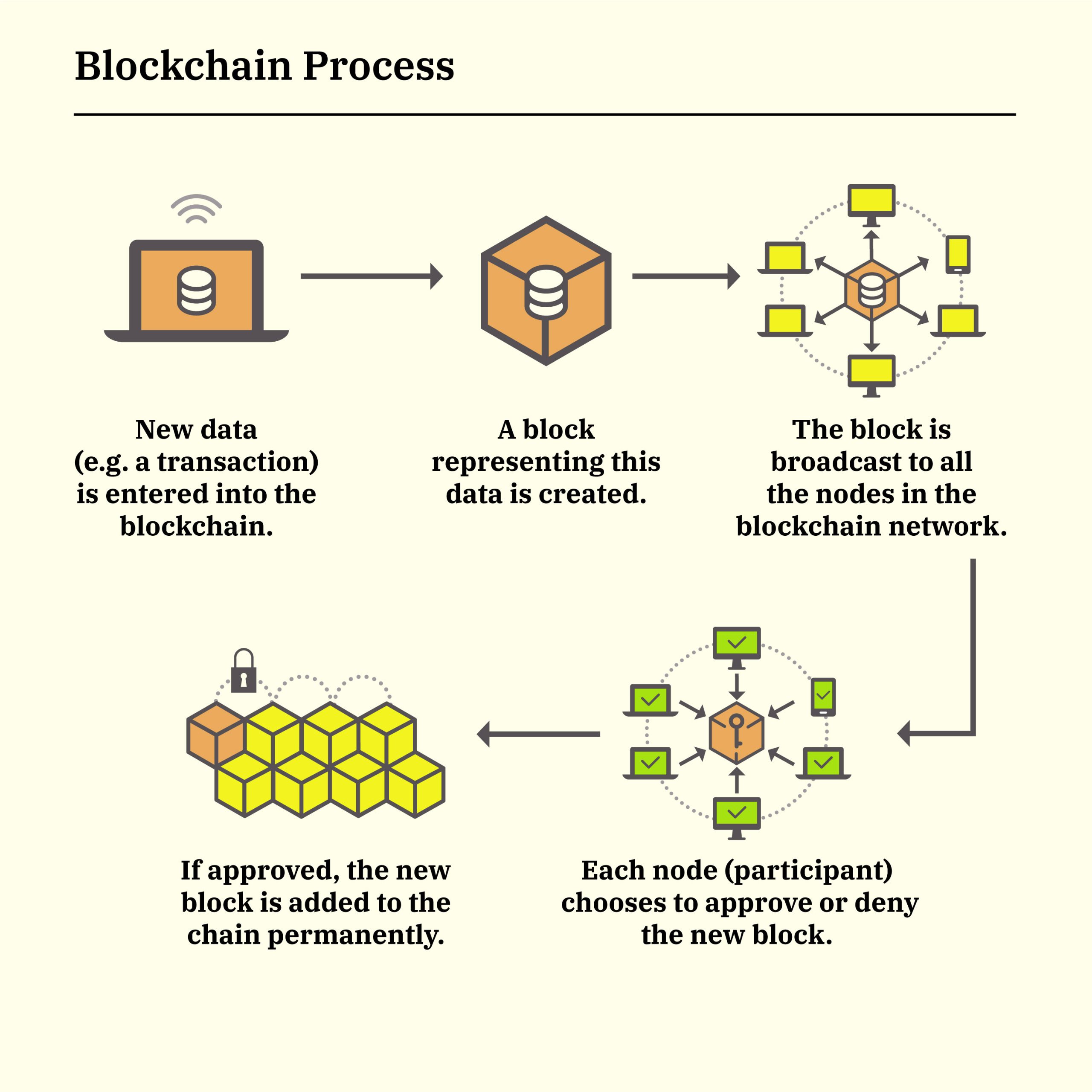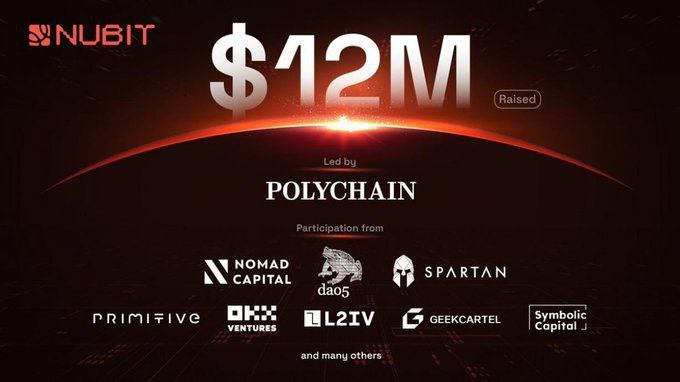The crypto world seems like a new area to thread for any newbie similar to a new specie of fish in a sea of opportunities. Even with dozens of apps to work with and numerous leads to follow, it is still very difficult and aggravating. I remember when I first became interested in trading a few years ago, I was confused by the many different order types. It definitely has a steep learning curve, so take a deep breath. Whether you are a beginner on your trading journey or someone who has been around the block a few times and wants to fine-tune skills, all of these order types could serve you well. In this article, we will introduce to you the six types of orders among the most important orders.
Put all other considerations aside and fix yourself a drink. Let’s set off together on this learning adventure!
The Six Categories of Orders
- Market Orders
- Limit Orders
- Stop orders
- Take-Profit orders
- Trailing Stop Orders
- Iceberg Orders
Market Orders
For traders hungry for speed and immediate execution, market orders reign supreme. When you place a market order, it instructs the exchange to trade at the best available price–buy or sell that cryptocurrency. This kind of order ensures fast fulfillment, though its exact execution prices may differ because of the volatility in markets.
Market orders are a bit like bargain-hunting: you get what you need at today’s price knowing it might change a moment later. For example, if your target is to buy Bitcoin at $30,000, then a market order could give you Bitcoin in the $29,900 to $30,100 range depending on how fast the market moves.
Limit Orders
When you want to purchase or sell a cryptocurrency for an exact price level, you would use limit orders. These commands are stored in the order books until their contracted prices are reached, unlike market orders which execute immediately at whatever was available.
Imagine that you like to eat cake and your favorite costs $22. If I told you that it was available at a special price of only 20$, wouldn’t you buy it then? You tell this to the baker “Twenty dollars! Twenty dollars for twenty dollars I ‘ll buy it.” Also, trading is just like this. When Bitcoin is trading at $30,000 but your order is 29,500 dollars and, unless the market goes down or to your level, waits for the time it does. This can save dollars, but there are no guarantees that the market will reach your level.
Stop Orders
Stop orders are lifelines would help you through the market downturns and lock in profits on market upturns. There are two main forms of them: stop-loss orders and stop-limit orders.
Stop-Loss Order: This order sells your cryptocurrency when it reaches the one price you assign, capping your losses. For example, if you bought Bitcoin at $30,000 and set up a stop-loss order at $29,000 then your Bitcoin will be sold when the price of some other place meets the floor you set. It safe you from further losses.
Stop-Limit Order: A mode combining Stop and Limit orders, a stop-limit order functions as a limit order at a certain stop price. Suppose you want to dispose of Bitcoin at $29,000 however, under no circumstances below $28,500. You then set up a stop-limit order with the stop price being $29,000 and the limit 28,500. The order will be executed when it reaches $29,000 but not sold below $28,500, giving the trader greater control
Take-Profit Orders
Take-profit orders are the opposite of stop-loss orders, making sure that when a cryptocurrency attains a certain price the investor can cash in onhis gains. Say you bought Bitcoin at $30,000 and are holding some till $35,000, then you go out an ordersto take profits at $35,000. When this level is reached your order goes through, meaning you don’t have to constantly watch the market to profit from it.
Trailing Stop Orders
Trailing Stop Orders automatically adjust according to changes in the market price.
When setting a stop price,you can specify a predetermined percentage or absolute value below (for sell orders)or above (for buy orders) the current market price, offering room for this price rise.
For example, you purchase Bitcoin at $25,000 and specify a trailing stop of 5%. When Bitcoin reaches $26,750, the stop price is adjusted to $24,912.50 (5% below $26,750). In this way, you have locked in your profits should the price drop.
Iceberg Orders
So-called ‘Iceberg Orders’ let large intraday players ease themselves into simultaneous orders without giving the game away to market makers. They divide large orders into smaller ones and carry out the trades in sequence, so that they don’t create excessive market impact.
Say you want to sell 100 Bitcoins without alerting the market for instance. You enter an iceberg order to sell 10 Bitcoins at a time. This will keep prices from momentary sways and reduce slippage, while ensuring your deal is discrete.
We Said all these to say that….
Understanding these different types of crypto orders can greatly reduce your risks and boost your chances of success. Whether you are a veteran trader or just starting out, mastering these fundamentals is a definite edge.
If you wish to keep up to date with the latest developments in blockchain and digital currencies, then subscribe to our BlockMatra Newsletter. Then you can receive twice a week completely spam-free, invaluable insights on issues such as updates and solutions about ICO recommended opportunities.







